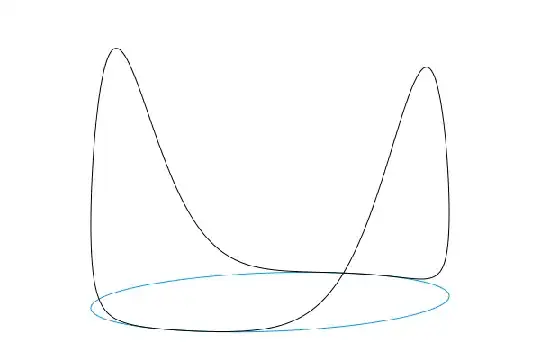Consider the following formal implications:
A quantum particle moving on the circle performs periodic motion even in the absence of an external potential. It can therefore be considered as a simple harmonic oscillator. It should then in principle be possible to define an annihilation operator, even though it is well-known that operators on the circle are troublesome. One can then obtain coherent states on the circle as eigenstates of an annihilation operator associated to a free particle, in significant contrast to quantum mechanics on the line.
Is this line of reasoning correct?
Edit: For inspiration, here is the motion of an initial wavefunction $\psi \in \mathcal{L}_2(S^1)$. I think it can be solved analytically, but I did it numerically. What is left is to construct the annhilation operator.
